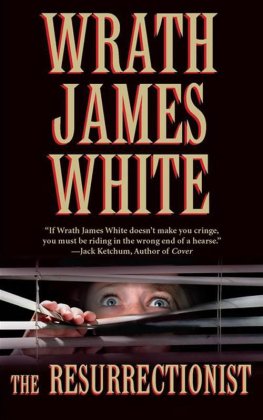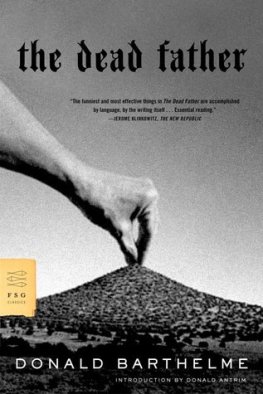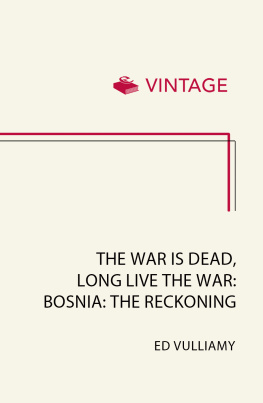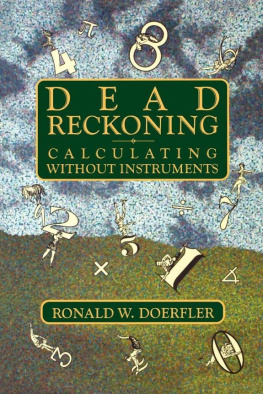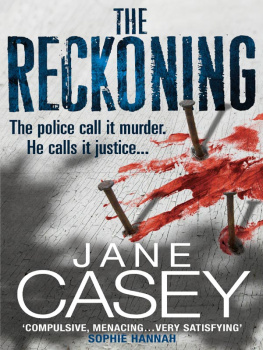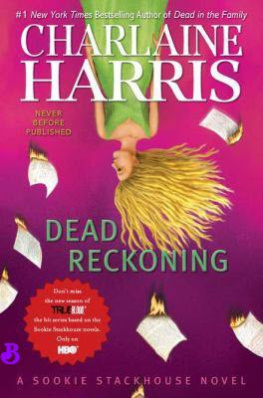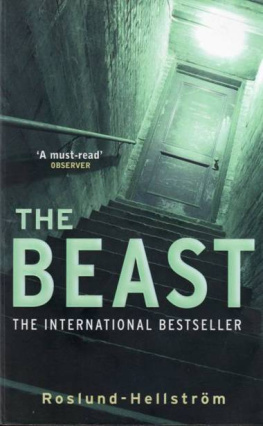

Howe Sound, taken near Whytecliff Park.
Photo courtesy of Carys Cragg.

DEAD RECKONING
Copyright 2017 by Carys Cragg
All rights reserved. No part of this book may be reproduced in any part by any meansgraphic, electronic, or mechanicalwithout the prior written permission of the publisher, except by a reviewer, who may use brief excerpts in a review, or in the case of photocopying in Canada, a license from Access Copyright.
ARSENAL PULP PRESS
Suite 202 211 East Georgia St.
Vancouver, BC V6A 1Z6
Canada
arsenalpulp.com
The publisher gratefully acknowledges the support of the Canada Council for the Arts and the British Columbia Arts Council for its publishing program, and the Government of Canada, and the Government of British Columbia (through the Book Publishing Tax Credit Program), for its publishing activities.

Edited by Robyn So with Linda Field and Brian Lam
Cover and text design (including map) by Oliver McPartlin
Cover Photo: Pixabay
Discussion questions for book clubs or classrooms are available at arsenalpulp.com.
Library and Archives Canada Cataloguing in Publication:
Cragg, Carys, author
Dead reckoning: how I came to meet the man who murdered my father / Carys Cragg.
Issued in print and electronique formats.
ISBN 978-1-55152-698-0 (ebook)
1. Cragg, Carys. 2. Cragg, Geoffrey. 3. Klatt, Sheldon. 4. MurderAlbertaCalgary. 5. Children of murder victimsCanada. I. Title.
HV6535.C33C34 2017 | 364.152309712338 | C2017-903897-4 |
C2017-903898-2 |
For my motherfor always, without fail, getting out of bed in the morning.

CONTENTS
Table of Contents
Guide
DEAD RECKONING:
To attempt to figure out where you are and where you are going based on where you have been.
M emoir is a particular thing, a story within a story, about a slice of time that has now passed, that has become the past. Memory fades and becomes the present.
To write this memoira journey held within a larger, never-ending storyI relied upon a number of people, documents, and experiences to reconstruct the past and as accurate a timeline as possible. I consulted newspapers, day planners, trial proceedings, journals, letters, and notes; I connected with family, friends, and staff; I mined my memories, some vivid, others vague, for relevant moments that tell this story as authentically and truthfully as possible. Memories, inherently flawed, are subjective experiences and are thus authentically truthful.
Time has been woven together but not reorganized so as to misrepresent.
Only relevant passages essential to telling my story are included from the letters between the offender and me; permission was not sought from the offender as this is not his story to give permission for me to tell. Cuts to the letters are made silently. Punctuation has been added where necessary for clarity.
To stay true to the narrative and to respect others privacy, I do not tell my siblings stories.
In the end, there is just me. It is my story, my perspective of events. There are other positions and points of view, just not here, in these pages. Those stories are held elsewhere.
More than facts, memoir tells truth. Here is my truth.

S hes a beaut! a young Geoffrey tells his parents in his audio-recorded letter. He reviews the details of his discovery with precision. Tangerine, a gorgeous red, forty-five length overall, a slim beam.
As she listens to the cassette, she hears, through the hiss of the worn magnetic tape, an excitement in his voice, a playful joy. She can tell he is in love, because it is how he spoke to her mother.
Her mother tells her that after Geoff finished his medical training in New Zealand and began to work as a physician there, he learned to fly planes and got his pilots licence.
He had never sailed.
But soon after purchasing Tangerine, he invites his friends to sail across the Pacific Ocean, back home to Vancouver, Canada. No land in sight. Just a few young men, the stars, a lot of faith, and 1970s technology to get them home.
She returns the tape to the wooden chest filled with his photographs, tools, and other keepsakes. Aimlessly standing in the middle of her bedroom when she should be getting ready to leave with her mother, she remembers his joyful voice, wishing it could fill their house again.
Just yell, her mother tells her. Her daughter is leaning her shoulder and head against the passenger door, staring out the window into the dense forest of Douglas fir, arbutus, and Western Hemlock as they drive along the road winding away from the marine park where they moved after her father died.
Just get it out. Yell as hard as you can, her mother says.
No, I cant. Thats not what this is about.
They drive along the on-ramp to the highway, then up to the crest of the highways curve. She breathes deeply as they reach the summit of Eagleridge Bluffs, looking out to the water where Burrard Inlet meets the Salish Sea.
Prison is stupid, she says defiantly. She tries to formulate words with her limited vocabulary and adolescent knowledge of the world. I just wish She pauses.
Her mother listens from the drivers seat.
Purpose fills her teenage body as she finds her words. I wish that everyone who knew Daddy could have something like a device, a buzzer thing. She worries her mother will interpret this as something violent, so she retraces the description. Nothing hurtful, no. The thousands of people who came to his memorialsall of his family, his friends around the world, all of his patientswe would all get one. And on the other end would be him, the man who killed him.
Every time we miss Daddy, or want to be near him, or want to tell him something, we could push it, she continues. For the rest of our lives. And then that guy would know. Then he would know what he took away.
D rumheller, Alberta, is a dry and underwhelming place. Its rolling beige hills scattered with farmland, water towers, and bales of hay put me in a reflective mood. Drumheller is known for two things, Im guessing. One is the Royal Tyrrell Museum of Paleontology, located in the badlands where dinosaurs roamed millions of years ago. When I was a little girl, I visited it, as do 400,000 others each year. More recently, I visited Drumhellers lesser known institution: its prison.
Situated just a few minutes drive out of townon Institution Road, no lessmedium-security grounds looked as I expected, an image formed in my mind from watching too many episodes of CSI and Law & Order: massive grey block buildings with a towering chain-fence perimeter. The minimum-security prison grounds, however, surprised me with their lack of fencing and permanent buildings. One-storey residential and administrative portable structures and a large greenhouse were scattered about the open space. In front of the adminstrative buildling, child-size plastic patio chairs sitting in the garden space encircled by a low-rise white-painted chainlink fence caught my attention.


